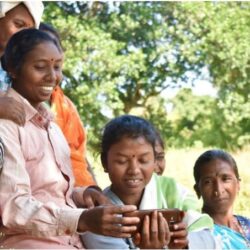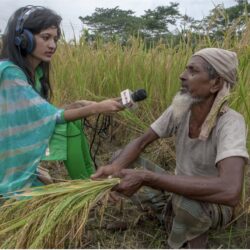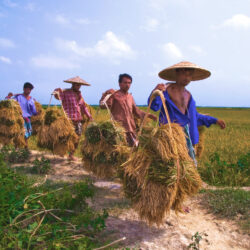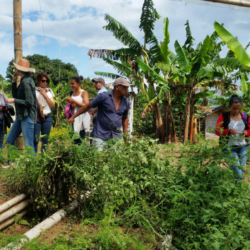Diving into the lives of fisherfolks through Community Radio Sagor Giri
This story is about community radio (CR) Sagor Giri and a community of fisherfolks in the Mirjanagor village – both situated in Sitakund, Chattogram, a south-eastern district in, Bangladesh. An active AMARC member, radio Sagor Giri was established in the year 2012. As per CR regulations of Bangladesh, the station operates with a transmission power… Read More










